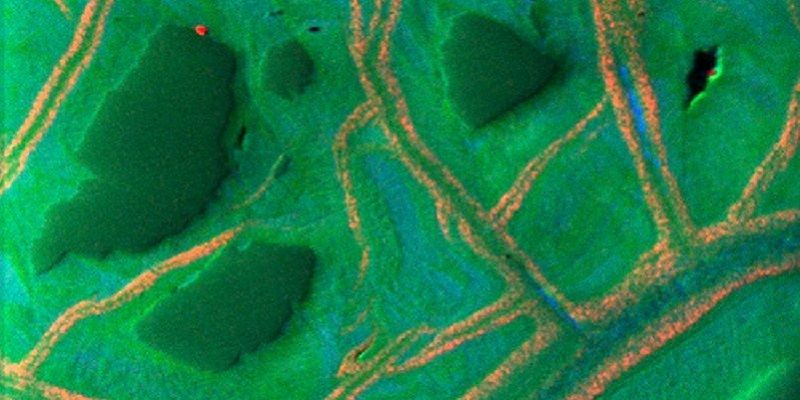
Rock fragments brought to the sea floor by massive mud volcanoes have given scientists new clues about how far life may extend into the Earth’s interior.
A team of scientists, including Dr Ivan Savov from the University of Leeds, have confirmed the presence of organic matter in rock fragments brought up to the seafloor from as deep as 10 km within the Earth’s mantle - tripling the previously estimated depth limit for life.
The rock fragments were discovered by Dr Savov as part of a deep sea drilling expedition near the deepest place on the planet – the Challenger Deep in the Pacific Ocean.
Study co-author Dr Savov, a geoscientist at the School of Earth and Environment, said: “The findings give us new insight into the habitability of the planet.
“Given the difficulty of obtaining samples from the deep earth, there have not been many opportunities to explore how microbial life can be supported in the absence of photosynthesis. The mantle rocks we studied give us a link between the deep carbon cycle and the surface world.”
Chemical analysis of the recovered mantel rock fragments reveal evidence for microbial life deep below the mud volcano.
This is consistent with calculations conducted by the team using the currently known temperature limit for life, 122°C, and the temperatures expected under the mud volcanoes, which suggest that life could exist as deep as 10,000 metres below the sea floor.
This is considerably deeper than other similar regions such as mid-ocean ridges, and could have provided a sheltered habitat for life, helping it to survive the more violent phases of Earth’s early history such as meteorite bombardment and mass extinctions.
Lead author Dr Oliver Plümper, Earth scientist at Utrecht University said: “You could think of this organic matter trapped within a rock a bit like a message in a bottle.
“The mud volcanoes are a unique window into the deep subsurface and allow us to probe processes that are otherwise hidden from us. Finding the organic material within the rock was very exciting as it may point to a deep biosphere below the mud volcanoes.”
The massive mud volcanoes sit above the Izu-Bonin-Mariana subduction zone, where the Pacific Plate is dragged under the Philippine Sea Plate.
Fuelled by fluids that are released as the down-going plate heats up, the mantle rocks deep below the mud volcano undergo chemical reactions with the fluids during a process called serpentinization.
This process is affiliated with life at mid-ocean ridges and may feed microbial life that does not depend on light for its main energy source.
Further information
Image: Distribution of elements in
hydrated mantle rocks
Image credit: Dr Ivan Savov, University of Leeds
For interviews, please contact Anna Martinez, University of Leeds Media Relations Officer, on +44 (0)113 343 4196 or email a.martinez@leeds.ac.uk
The study Subduction zone forearc serpentinites as incubators for deep microbial life is published in Proceedings of the National Academy of Sciences of the United States of America (PNAS) 10 April 2017